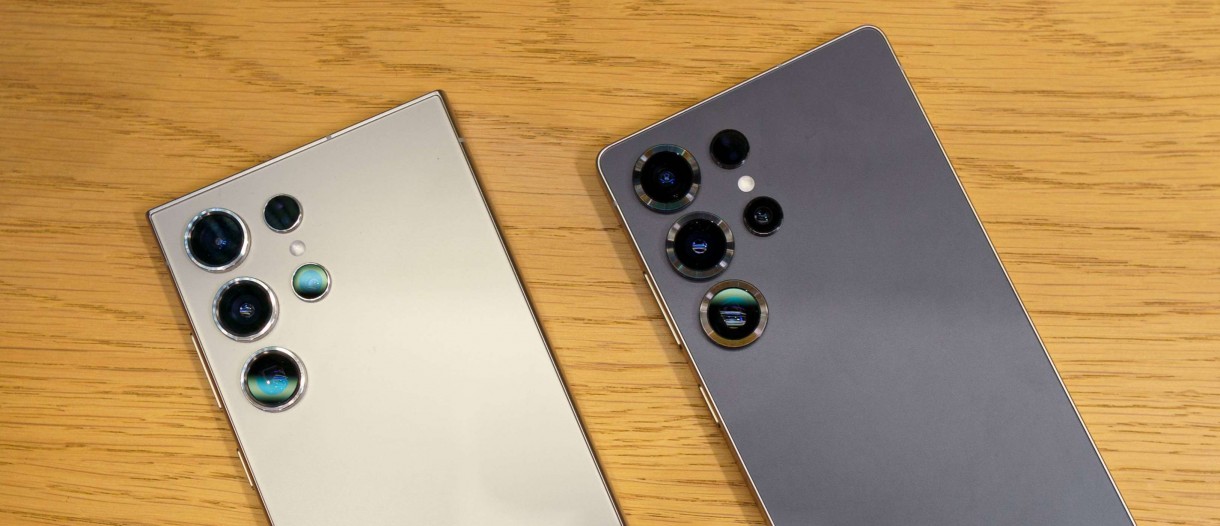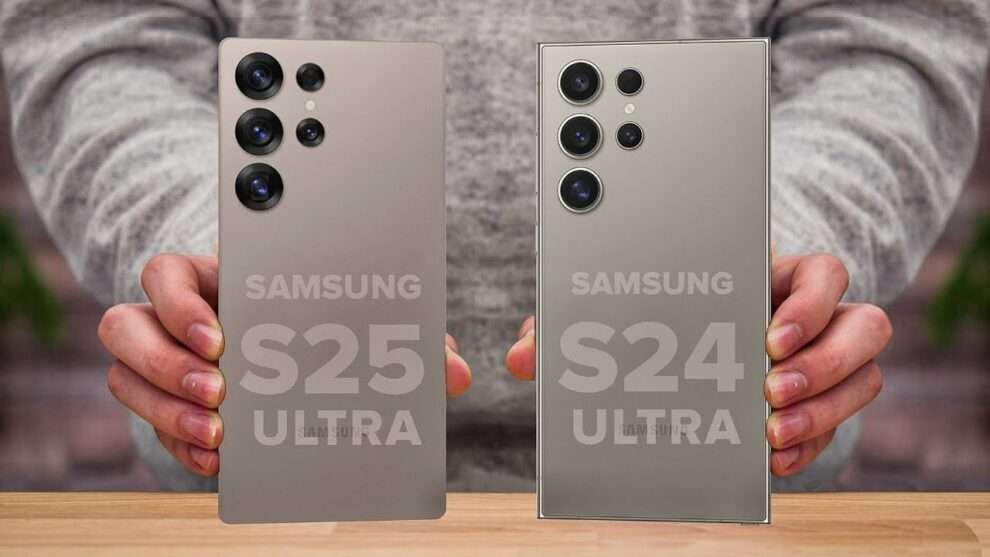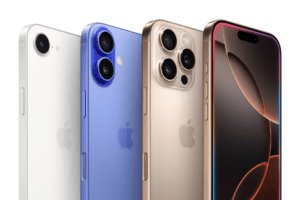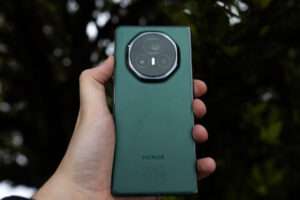When Samsung unveiled the Galaxy S25 Ultra, expectations were high for a camera system that could justify its premium price tag. For those considering an upgrade from the Galaxy S24 Ultra or evaluating whether the new model is worth the investment, understanding the differences in camera performance is crucial. While both devices share similar hardware foundations, subtle enhancements and software optimizations set them apart. To determine if the Galaxy S25 Ultra’s camera improvements are significant enough to warrant an upgrade, we conducted a comprehensive comparison between these two flagship smartphones.
A Familiar Foundation with Key Upgrades
At first glance, the camera specifications of the Galaxy S24 Ultra and Galaxy S25 Ultra appear nearly identical. Both feature a 200-megapixel main sensor with an f/1.7 aperture, phase-detection autofocus (PDAF), and optical image stabilization (OIS). They also include dual telephoto lenses: a 10MP camera for 3x optical zoom and a 50MP camera for 5x optical zoom. The primary difference lies in the wide-angle camera, where the Galaxy S25 Ultra introduces a 50MP sensor with an f/1.9 aperture, replacing the S24 Ultra’s 12MP sensor with an f/2.2 aperture.
Underneath the hood, however, there’s more than meets the eye. Each phone is powered by different processors—the Qualcomm Snapdragon 8 Gen 3 for the Galaxy S24 Ultra and the latest Snapdragon 8 Elite for the Galaxy S25 Ultra. These chips have been optimized specifically “for Galaxy,” impacting not only overall performance but also photographic capabilities. Let’s delve deeper into how these changes translate into real-world results.

Main Camera: A Close Contest
The main cameras on both devices produce images of exceptional quality, making it challenging to declare one superior over the other. In terms of sharpness, the Galaxy S24 Ultra edges out its successor in certain scenarios. For instance, photos taken at landmarks like churches reveal that the S24 Ultra maintains clarity across the entire frame, whereas the S25 Ultra occasionally introduces blurring in areas farther from the focal point.
However, the Galaxy S25 Ultra compensates with reduced noise levels, particularly noticeable in low-light conditions. Comparing photos of streets under dim lighting highlights this advantage. The S25 Ultra captures smoother textures and better detail in shadowed regions, such as beneath awnings or through windows.
Color accuracy and white balance vary slightly depending on the scene. In one example, the Firebird sign against a blue sky appears more balanced in the S25 Ultra’s photo, though some users may prefer the vibrant hues captured by the S24 Ultra. Ultimately, personal preference plays a significant role here, as neither device consistently outperforms the other in every metric.
Given the marginal differences and subjective nature of image evaluation, the main camera category ends in a draw. This outcome suggests that upgrading solely for the sake of improved main camera performance might not be justified unless specific nuances appeal to individual tastes.

Wide-Angle Camera: Incremental Gains
The introduction of a higher-resolution wide-angle camera marks the most notable change in the Galaxy S25 Ultra’s imaging suite. On paper, the upgrade seems promising, offering greater detail and improved low-light performance. In practice, however, the gains are modest rather than revolutionary.
In daylight shots, such as those of architectural structures, the distinction between the two cameras remains subtle. Both capture crisp lines and vibrant colors, with minor variations in noise reduction and color saturation. Only upon close inspection does the S25 Ultra demonstrate slight advantages, such as sharper edges and truer whites.
Low-light performance showcases the S25 Ultra’s strengths more clearly. Photos taken indoors, like those inside cafes, exhibit less noise and edge blurring compared to their S24 Ultra counterparts. White balance is also more consistent, ensuring accurate representation of tones even in challenging lighting conditions.
Despite these improvements, the practical impact may go unnoticed by casual users. Unless you frequently shoot in low-light environments or scrutinize your photos closely, the enhanced wide-angle capabilities of the S25 Ultra may not justify the cost of upgrading.
Winner: Samsung Galaxy S25 Ultra

Telephoto Cameras: Significant Strides
Where the Galaxy S25 Ultra truly shines is in its telephoto performance. Across all zoom levels—3x, 5x, and 10x—the newer model delivers sharper, cleaner images with fewer artifacts. At 3x zoom, the difference becomes apparent when examining fine details, such as wooden textures or intricate patterns. While the S24 Ultra relies heavily on smoothing techniques to reduce noise, the S25 Ultra preserves texture while maintaining sharpness.
Moving to 5x zoom, the disparity grows more pronounced. A portrait of a cat illustrates the S25 Ultra’s ability to render fur textures naturally, avoiding the overly contrasted look often seen in the S24 Ultra’s output. Backgrounds benefit from reduced noise, enhancing overall clarity.
At 10x zoom, the S25 Ultra’s superiority becomes undeniable. The clock face in our test shot demonstrates superior texture preservation and minimal pixelation, attributes lacking in the S24 Ultra’s rendition. These advancements stem largely from software refinements rather than hardware upgrades, underscoring Samsung’s commitment to leveraging computational photography.
Even extreme zoom levels, such as 30x and 100x, see marked improvements. Although neither phone produces gallery-worthy results at these magnifications, the S25 Ultra offers significantly better usability. Reduced smoothing and increased sharpness make its images appear more realistic and detailed, closing the gap between digital and optical zoom quality.
Winner: Samsung Galaxy S25 Ultra

Night Mode: Enhanced Low-Light Performance
Night mode represents another area where the Galaxy S25 Ultra excels. Leveraging advanced algorithms and processing power, it produces sharper, more natural-looking images in dark environments. A nighttime photo of a wooded area exemplifies this improvement, with the S25 Ultra capturing finer details in tree bark and tarmac surfaces without excessive smoothing.
Similarly, urban scenes benefit from improved exposure management and reduced noise. Textures remain intact, and colors appear more accurate, resulting in photographs that better reflect the original scene. While the S24 Ultra still performs admirably, the S25 Ultra’s enhancements provide a noticeable edge in challenging lighting conditions.
Winner: Samsung Galaxy S25 Ultra

An Easy Win?
Based on our analysis, the Samsung Galaxy S25 Ultra emerges victorious in most categories, particularly in telephoto and low-light photography. However, the margin of victory varies across disciplines. The main camera remains largely unchanged, presenting a draw, while the wide-angle camera sees incremental improvements that may not sway all users. Conversely, the telephoto and night mode enhancements offer compelling reasons to consider an upgrade, especially for enthusiasts who rely on these features regularly.
That said, the decision to upgrade ultimately depends on individual priorities. If you’re already satisfied with the Galaxy S24 Ultra’s camera performance, the S25 Ultra’s advancements may not justify the expense. On the other hand, those seeking cutting-edge telephoto capabilities or improved low-light shooting will find much to appreciate in Samsung’s latest offering.
For now, the Galaxy S25 Ultra solidifies its position as a top-tier smartphone camera, continuing Samsung’s tradition of pushing boundaries in mobile photography. Whether it’s worth the leap depends on your needs—but one thing is certain: the bar for smartphone cameras continues to rise.
















Add Comment